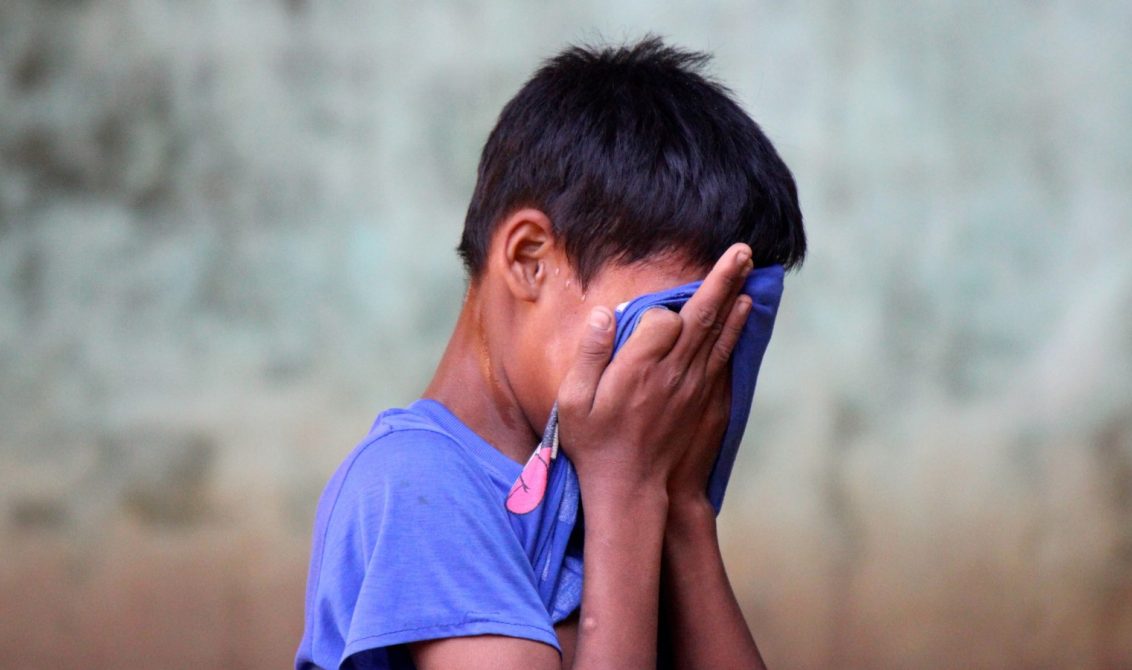
“Someone who hates you normally hates you for one of three reasons: They see you as a threat. They hate themselves. Or they want to be you.” ―Unknown
Bullying is an everyday occurrence at school – one in five (20.8%) students report being bullied. Children are picked on and hurt both physically and emotionally and – unfortunately – it’s often just seen as part of the experience of growing up. But it’s not just rough playground play – the damage bullying does can well be long term.
Moreover, it is not only very harmful to the children being bullied, but also to those who are doing the bullying – as they are likely to continue the same negative behaviours into adulthood. So what forms does bullying take and how should we tackle the issue as teachers?
What is bullying?
Bullying is repeated behaviour which is intended to hurt someone either emotionally or physically. It can happen to anyone and anywhere and is not exclusive to the school, classroom or playground.
Bullies will pick on people who they perceive as weaker than them and those who were bullies in childhood will continue bullying as adults. It can be aimed at people because of their race, gender, sexual orientation, appearance or disability and can many forms including:
Cyberbullying: this takes place online, through social networking sites, messaging apps, gaming sites. In a recent national bullying survey, 56% of young people said they have seen others be bullied online and 42% have felt unsafe online. Cyberbullying can happen 24 hours a day, 7 days a week and it can go viral very fast.
Verbal bullying: name-calling, teasing, inappropriate sexual comments, taunting, making threats.
Social bullying: excluding someone on purpose, spreading rumours about someone, embarrassing someone in public.
Physical bullying: hitting, kicking, pinching, spitting, pushing, rude gestures, breaking someone’s property.
Passive-aggressive or covert bullying: negative gossip, negative joking at someone’s expense, sarcasm, condescending eye contact, facial expressions or gestures, mimicking or ridiculing someone deliberately to cause embarrassment and insecurity and professional isolation.
What is the impact of bullying?
Being bullied can have a serious long-lasting, devasting effect on the victim. Children and young people will often miss school and start failing academically, self-harm, become depressed, have problems eating and sleeping, lack confidence and become withdrawn, and have impaired well-being and may have suicidal thoughts.
Studies from 2010 and 2013 concluded that young people who blame themselves for the bullying they are facing and feel they deserve it are more likely to experience depression, victimization over a longer period, and maladjustment. And these issues may persist into adulthood.
How should teachers and organisations support those who are being bullied?
Every school and organisation needs to start tackling bullying properly and appropriately. You can start by having a policy on bullying and harassment (or code of conduct) that is actually followed. It is also important to ensure that the person/people investigating the bullying are not supporters of the bully and that once reported, the matter is dealt with quickly and fairly.
Children – no matter how old they are – need to understand that they are not alone. Schools have to provide support for children who are being bullied.
Responsible adults should, of course, talk to both the child who is being bullied and the person who is doing the bullying. It’s important to ascertain:
- How the bullying is taking place
- When and where it is happening
- What the “triggers” are
- And how the bully and the victim are behaving
The victim should be reassured that it is not their fault, that they did the right thing in coming to you, and that the bullying will stop.
While it might be tempting to berate the child who is bullying, it might be the symptom of an underlying issue at home. And perhaps they are being bullied themselves and are lashing out at someone weaker.
The following advice is intended for students – both those who are being bullied and those who have witnessed it.
- The first thing to do when you are being bullied is to resist the urge to react or fight back. This is often the reaction a bully wants from you. Instead, make sure you keep a record of all the incidents of bullying and if you have witnesses, they may be able to support you. If you are being bullied online, take screenshots of the messages to show as proof.
- Talk to a responsible adult about what is happening.
- Speak to a friend and ask them to come with you when you speak to an adult. They will help you feel better and even help you when explaining your story if you’re feeling emotional.
- Everyone should feel safe at school and there is never a time that bullying is acceptable. If you witness bullying and do not report it, it is just as bad as being a bully.
- If you think you have become a bully, talk to your teacher and explain the situation. They will help you change your behaviour.
Are you or any of your students being affected by bullying? Visit Stopbullying.gov for more help, resources and support.
[Photo by Lucas Metz on Unsplash]

